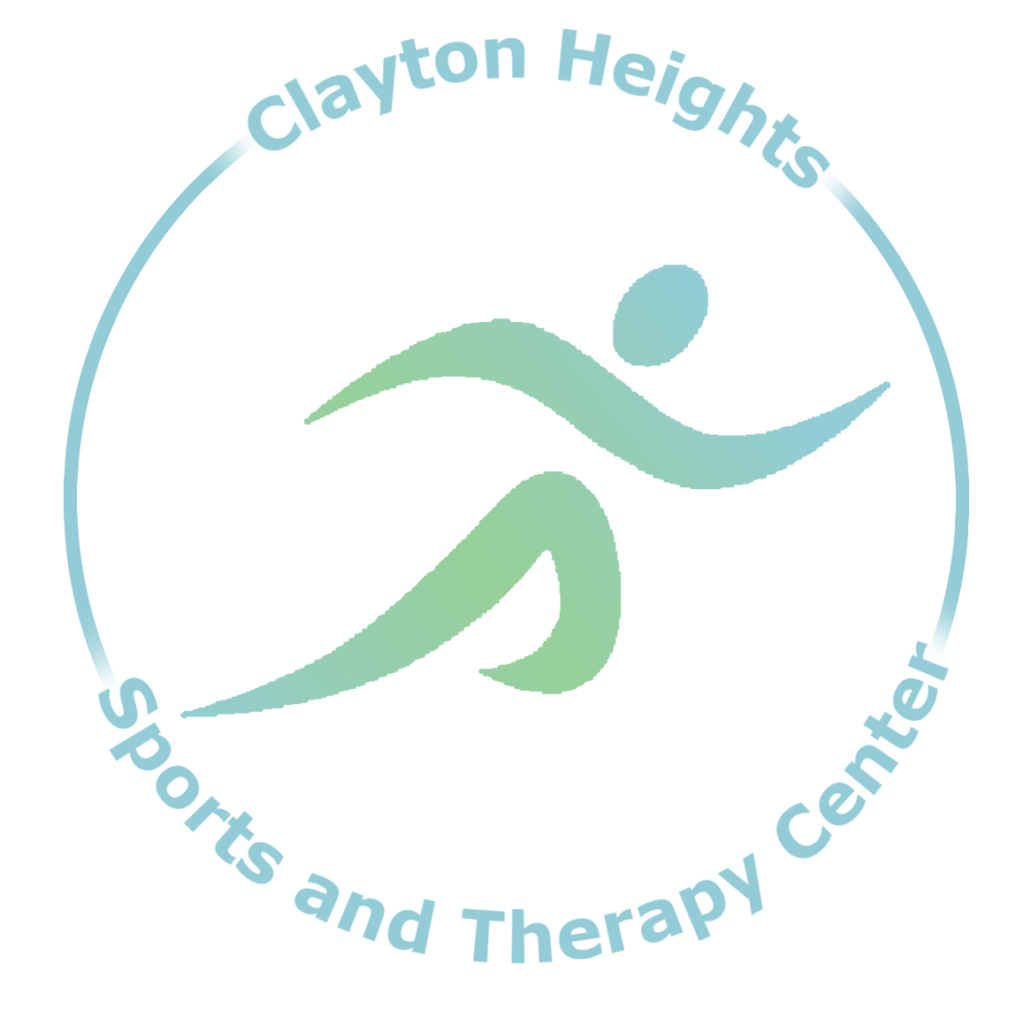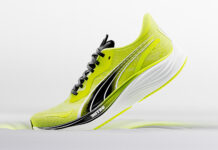Intramuscular Stimulation (IMS) is a needling procedure that goes beyond trigger point dry needling. It is a total system for diagnosing and treating persistent myofascial pain syndromes (chronic pain conditions that occur with no obvious sign of injury or inflammation), including muscle, joint, tendon, bursal, fascial, neural, and biomechanical problems. The IMS approach is based on a law of science – Cannon’s law of denervation supersensitivity. This law states that problems in muscles, and in fact all body tissues, can be caused by problems in the nervous system.
IMS helps athletes in many ways, especially regarding their sport-related injuries and during rehabilitation. IMS can successfully help athletes in the following issues:
- Joint problems (osteoarthritis): IMS works on joint pain by easing the muscle tension holding and compressing the joint which can cause increased pain and decreased range of motion. With IMS athletes not only get instant relief from the joint compression but also minimize the chances of developing a degenerative issue like osteoarthritis in the future.
- Nerve pain (sciatica): IMS helps desensitize inflamed nerves while restoring flexibility and movement patterns. Most of the athletes who develop sciatica due to their sport or while training for the sport get benefited immensely from this procedure.
- Headaches (tension-type): IMS works on headaches by easing the muscle tension that refers to the head’s pain in muscles like your upper trapezius. Most high-intensity training athletes develop this constant tension-type headache limiting their performance, and IMS is to go solution.
- Jaw problems (temporomandibular dysfunction): IMS works on jaw restrictions by releasing the muscles that open and close the jaw to decrease muscle tension, imbalances, and joint issues of clicking/locking.
- Muscle strains and ligament sprains: IMS helps by reducing the muscle tension in the shortened muscles due to overuse or underuse in any area of the body.
- Post-operative procedures (ACL reconstruction): IMS needling can help get the quad muscles activating as they once did pre-surgery to jumpstart your ability to straighten your leg.
- Post fracture: IMS needling can help activate atrophied calf muscles, after you have been immobilized in a walking boot for an extended time.
- Whiplash: IMS needling can help to decrease muscle tension and reduce pressure on the joints of the neck to decrease pain to facilitate rehabilitation of the weak and injured muscles.
Just about every injury or pain state creates dysfunction within the surrounding muscle tissue, which can be effectively treated with this technique. For example, an ankle sprain may result in tight muscles along the shin or in the calf, which can lead to excessive pain and discomfort in the ankle. In this situation, dry needling can be used to relax and offload these muscles to provide optimal conditions for the healing of ligaments and tendons.

Clayton Heights Sports & Therapy Centre
18640 Fraser Hwy #105, Surrey, BC V3S 7Y4
604-579-0105
Instagram: @claytonphysio
Facebook: Clayton Heights Sports & Therapy Centre
www.claytonheightsphysio.com
















